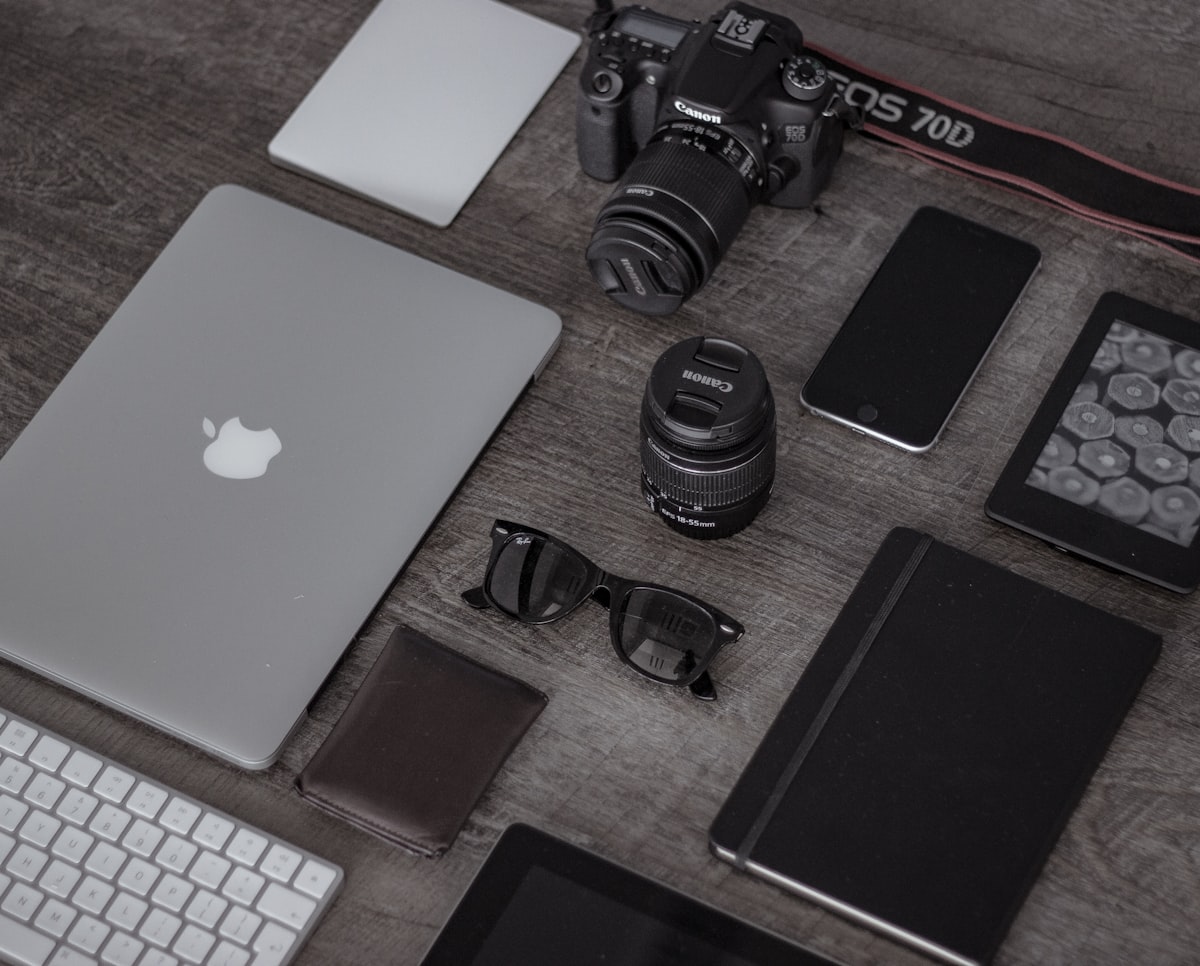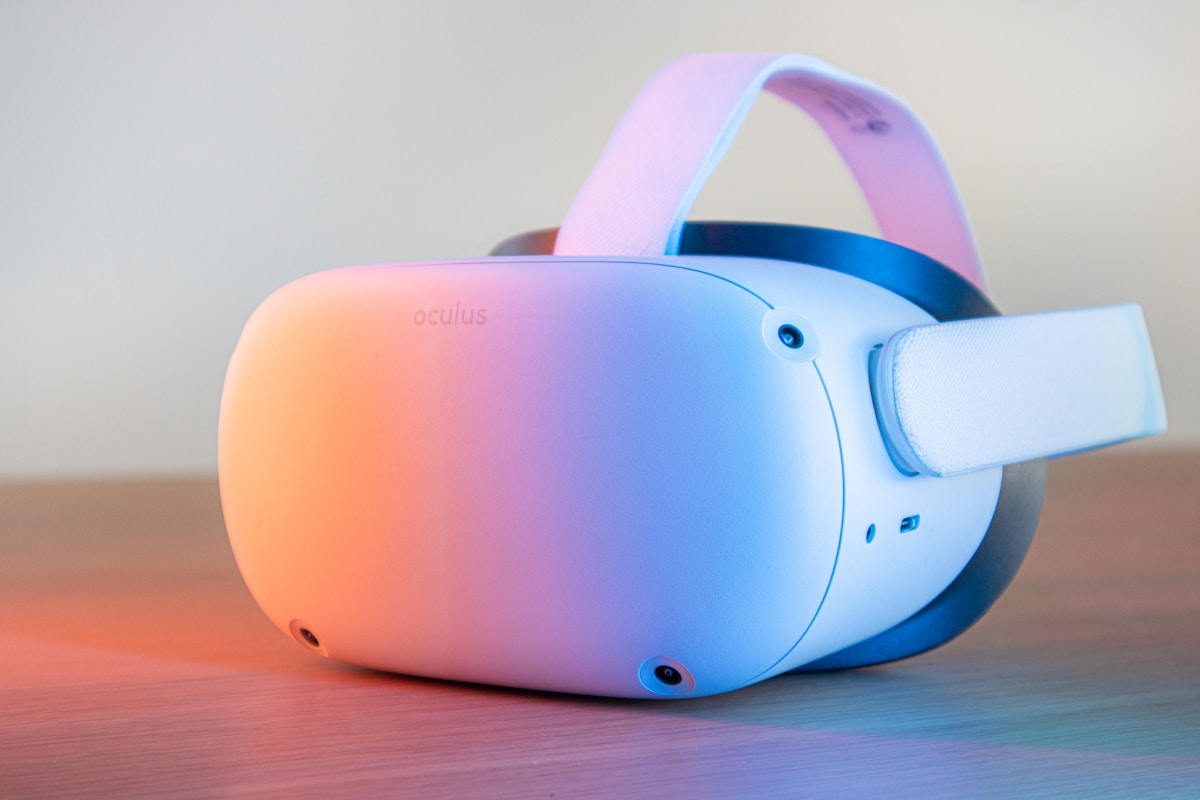
Halliday Smart Glasses: $399 AI Glasses with Real-Time Translation Launch March 2025
Jean Louis
Halliday smart glasses launch March 2025 at $399. AI-powered with real-time translation in 40 languages, 35g weight. Full specs and comparison to RayBan Meta.
If you've been waiting for affordable AI smart glasses that actually show you information (not just play music like RayBan Meta), Hall
iday might be the answer. Here's everything you need to know about this budget AR glasses challenger launching March 2025.
- Price: $399-$499
- Release: March 2025
- Display: DigiWindow 3.6mm, 3.5-inch virtual screen
- Weight: 35g (lighter than Ray-Ban Meta)
- Battery: 8-12 hours
- AI: Proactive AI agent
- Translation: Real-time in 40 languages
- The Big Deal: Cheapest smart glasses with display + AI
Looking for more budget tech? Check out: Best Wireless Earbuds for Small Ears in 2025
What Are Halliday Smart Glasses?
The Basics
Halliday is a startup making affordable AI smart glasses that compete with:
- Ray-Ban Meta: $299 (no display, audio only)
- XREAL Air: $379 (display but no AI)
- XREAL One Pro: $599 (display + AI, premium)
Halliday's value proposition: Get both display and AI for less than XREAL's basic model.
#
Key Features
1. DigiWindow Display
- Size: 3.6mm micro-display
- Virtual screen: Equivalent to 3.5-inch screen
- Use: Read notifications, navigation, translations
2. AI Agent
- Proactive assistance: Suggests actions based on context
- Voice control: "Find coffee shop" or "Translate this sign"
- Integration: Works with calendar, messages, apps
3. Real-Time Translation
- Languages: 40+ supported
- Mode: Point glasses at text, see translation overlaid
- Use cases: Travel, menus, signs, conversations
4. Lightweight Design
- Weight: 35g (lighter than Ray-Ban Meta at 50g)
- Battery: 8-12 hours continuous use
- Charging: USB-C
Halliday vs Ray-Ban Meta: What's the Difference?
Ray-Ban Meta ($299) dominated budget smart glasses in 2024, but Halliday changes the game:
| Feature | Halliday | Ray-Ban Meta | |---------|----------|--------------| | Price | $399-$499 | $299 | | Display | ✅ Yes (3.5" virtual) | ❌ No | | AI | ✅ Proactive agent | ✅ Meta AI (voice only) | | Translation | ✅ 40 languages | ✅ Meta AI (voice only, limited) | | Camera | Not confirmed | ✅ 12MP | | Battery | 8-12 hours | 4-6 hours | | Weight | 35g | 50g |
Verdict:
- Buy Ray-Ban Meta if: You want camera, style, Meta ecosystem integration
- Buy Halliday if: You need visual information (navigation, translations, notifications)
The key difference: Ray-Ban Meta is audio-first (music, calls, voice AI). Halliday is visual-first (display shows info).
Real-Time Translation: How It Works
This is Halliday's killer feature.
Supported Languages
40+ languages including:
- Spanish, French, German, Italian
- Mandarin, Japanese, Korean
- Arabic, Hindi, Portuguese
- And more
Translation Modes
1. Text Translation
- Point glasses at menu, sign, document
- AI recognizes text
- Translation appears overlaid in your field of view
Example: Restaurant menu in Paris → See English translation instantly
2. Conversation Translation (if supported)
- Someone speaks in foreign language
- AI transcribes and translates in real-time
- You see subtitles in glasses
Example: Taxi driver speaks Spanish → You see English subtitles
How Accurate Is It?
Halliday uses Google Translate or similar APIs, so accuracy is:
✅ Good for: Menus, signs, simple conversations ❌ Not perfect for: Complex technical documents, slang, idioms
Comparison:
- Better than: Typing into Google Translate app (hands-free)
- Similar to: Using phone camera translation (Google Lens)
- Worse than: Human translator
Who Should Buy Halliday Smart Glasses?
✅ Perfect For:
1. Frequent Travelers
- Navigate foreign cities without pulling out phone
- Translate menus, signs, tickets
- Hands-free directions via Google Maps
2. Language Learners
- Immersive learning (see translations everywhere)
- Practice reading foreign text with instant help
- Build vocabulary through context
3. Busy Professionals
- See calendar notifications without checking phone
- Read messages while walking
- Navigate cities during business trips
4. Budget-Conscious Early Adopters
- Want AR glasses but $600+ XREAL is too much
- Don't need camera like Ray-Ban Meta
- Prioritize functionality over brand name
❌ Not Ideal For:
1. Content Creators
- No camera (Ray-Ban Meta has 12MP)
- No social media integration
2. Outdoor Athletes
- Display likely not bright enough for direct sunlight
- Better options: sports-specific glasses
3. Privacy-Conscious Users
- AI translation requires internet connection
- Data sent to cloud servers
Price & Release Date
Pricing Tiers
Halliday hasn't announced exact pricing, but CES reports suggest:
- Standard model: $399
- Pro model (if offered): $499
What's the difference? Likely:
- Standard: Basic AI, 40-language translation
- Pro: Longer battery, premium materials, better display
Release Timeline
Official: March 2025
Predicted rollout:
- Pre-orders: Late January/Early February 2025
- First shipments: March 2025
- Wide availability: April-May 2025
Where to Buy
Expected retailers:
- Halliday.com (direct)
- Amazon (likely post-launch)
- Best Buy (if US distribution deal)
Regional availability:
- US, Canada: March 2025
- Europe: April-May 2025 (TBD)
- Asia: Q2 2025 (TBD)
Battery Life & Charging
Battery: 8-12 hours continuous use
Comparison:
- Ray-Ban Meta: 4-6 hours
- XREAL Air: 2-3 hours (powered by phone/laptop)
- Halliday: 8-12 hours (longest battery in category)
Why so long?
- Smaller display uses less power than full AR
- Efficient AI processing (likely cloud-based)
- Optimized for all-day wear
Charging: USB-C (same cable as phone)
Design & Comfort
Weight: 35g
Comparison:
- Ray-Ban Meta: 50g
- XREAL Air: 79g
- Normal glasses: 20-30g
Halliday is closest to normal glasses weight—you'll barely notice you're wearing tech.
Style: Not yet shown in detail, but CES demos suggest:
- Modern frame design
- Available in multiple colors (likely black, tortoiseshell)
- Looks like regular glasses (no obvious "tech" appearance)
Frequently Asked Questions
Do Halliday glasses have a camera?
Not confirmed. Most reports say no camera, focusing on display + AI instead.
Can I use Halliday for gaming?
No. The 3.5-inch virtual screen is for notifications/navigation, not immersive gaming. For gaming, get XREAL or VR headsets.
Do I need a phone?
Yes. Halliday glasses pair with your smartphone (iPhone or Android) via Bluetooth for internet, processing, and apps.
Will this work with prescription lenses?
Likely yes (most smart glasses offer prescription lens options), but Halliday hasn't confirmed details yet.
How does translation work offline?
It probably doesn't. Real-time translation typically requires internet connection (cloud AI). Offline mode may have limited languages.
Can I take photos/videos?
Unlikely (no camera announced). Ray-Ban Meta handles photos/videos better.
The Bottom Line: Budget AI Glasses Done Right
Halliday smart glasses hit a sweet spot the market has been missing:
- Cheaper than XREAL ($399 vs $599)
- More features than Ray-Ban Meta (display vs audio-only)
- Longer battery than competitors (8-12 hours)
Who wins: Travelers, language learners, budget-conscious tech fans
Who loses: Ray-Ban Meta (Halliday offers more for $100 extra), XREAL Air (undercut by $180)
The big question: Can a startup compete with Meta and established brands? History says it's hard (see: Snap Spectacles, Google Glass), but at $399, Halliday has a fighting chance.
We'll update this guide as March 2025 launch approaches with hands-on reviews, real-world translation tests, and battery life benchmarks.
Should you pre-order? If you travel frequently or learn languages, yes. If you want a camera or premium build, stick with Ray-Ban Meta or XREAL.
Related Articles

Best Tech Gadgets of 2025: From Smart Glasses to Folding Phones
Discover the 17 best tech gadgets of 2025 including folding smartphones, AI-powered wearables, smart home devices, and affordable smartwatches. Complete buying guide with pros, cons, and real-world testing from Motorola Razr Ultra to Google Pixel 9a.

The 17 Best Tech Gadgets of 2025: From Folding Phones to AI Wearables
The 17 best tech gadgets of 2025: folding phones, AI wearables, smart home devices. Expert reviews and recommendations for every budget.

Samsung Project Moohan: Android XR Headset Price, Specs & Release Date Explained
Samsung Project Moohan specs, price, and release date. First Android XR headset with Google Gemini AI, 4.3K displays. How it compares to Quest 3 and Vision Pro.
Written by
Jean Louis
Tech enthusiast and professional developer sharing insights on modern web development.
Comments (0)
Join the discussion and share your thoughts
You must be logged in to post a comment.
Sign In to CommentNo comments yet. Be the first to share your thoughts!
